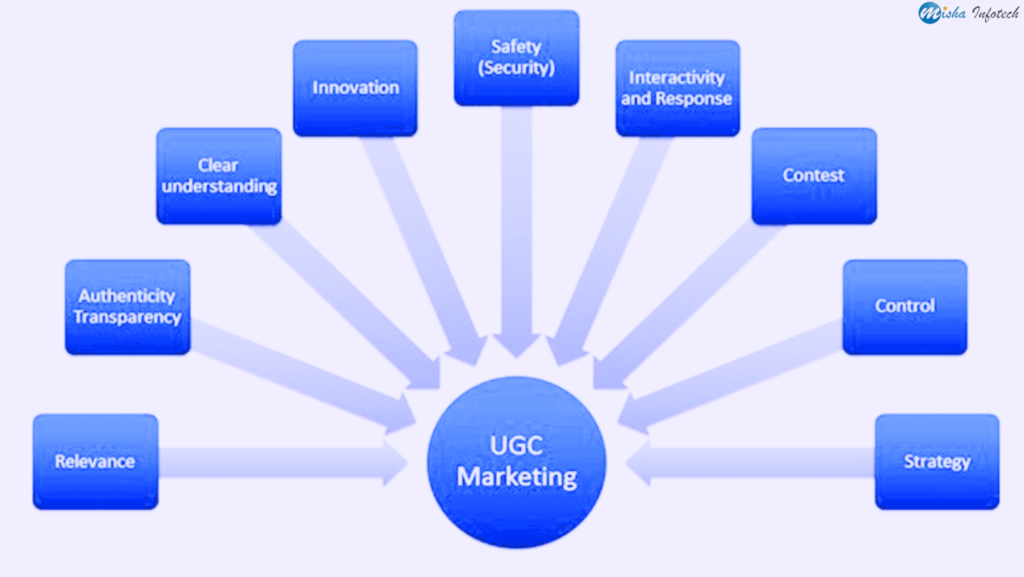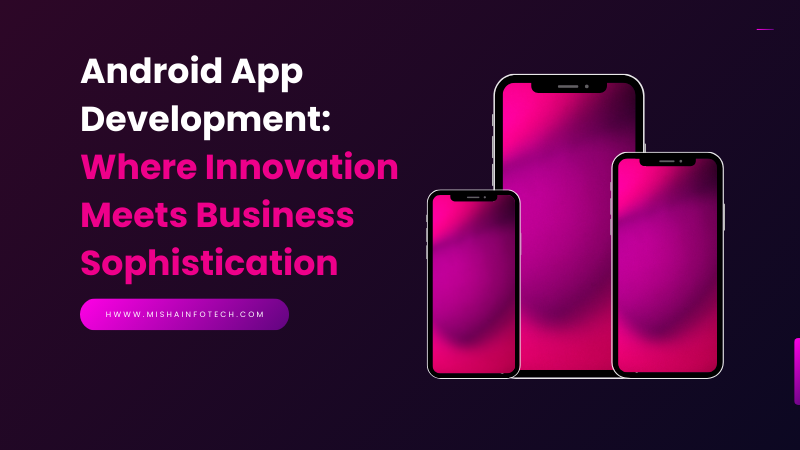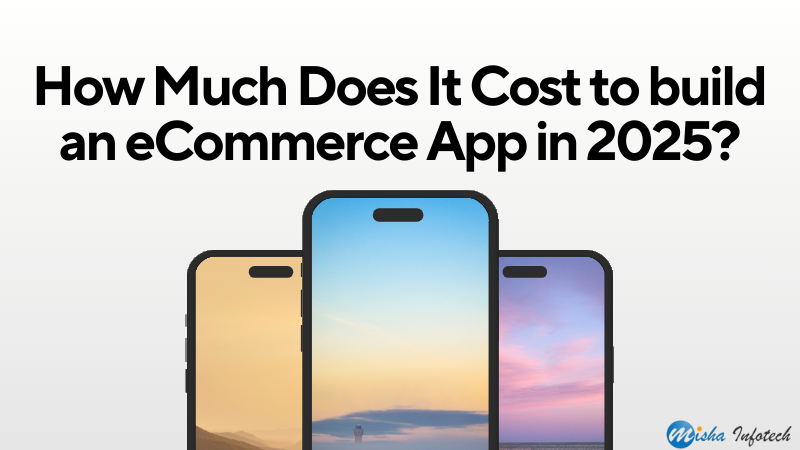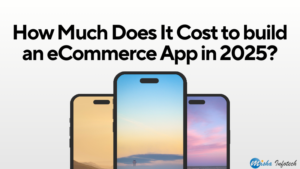Leveraging user-generated content is a powerful strategy for brands seeking to build authentic connections with their audience. By encouraging and showcasing UGC, brands can enhance trust, increase engagement, and drive significant SEO benefits. Implementing a well-thought-out UGC strategy can lead to more meaningful interactions and ultimately, a more loyal customer base.
The Power of User-Generated Content
What is User-Generated Content?
User-generated content refers to any form of content—text, videos, images, reviews, etc.—created by consumers rather than the brand itself. This content is often shared on social media platforms, review sites, and other online forums, showcasing genuine consumer experiences and opinions.
Why UGC Matters
UGC is a powerful tool because it offers several key advantages:
- Authenticity: Content created by users is perceived as more trustworthy and authentic compared to branded content.
- Engagement: UGC encourages higher levels of interaction and engagement among consumers.
- Cost-Effectiveness: It reduces content creation costs as the users generate the material.
- SEO Benefits: User-generated content can enhance SEO by providing fresh, relevant content and driving organic traffic.
Benefits of User-Generated Content
Enhanced Trust and Credibility
Consumers trust recommendations from other users more than traditional advertisements. UGC serves as social proof, validating a brand’s products or services and fostering trust and credibility.
Increased Engagement
UGC tends to generate more engagement compared to traditional content. Users are more likely to comment, like, and share content that features real experiences from their peers.
Improved SEO Performance
Search engines favor fresh and relevant content. UGC helps in keeping a brand’s website updated with new content, improving search engine rankings and visibility. Additionally, UGC often contains long-tail keywords, enhancing searchability.
Cost-Effective Content Creation
Generating high-quality content can be resource-intensive. UGC allows brands to tap into their community of users, reducing the need for extensive content creation efforts and costs.
Strategies for Leveraging User-Generated Content
Encouraging Customer Reviews
One of the simplest ways to gather UGC is by encouraging customers to leave reviews. These reviews can be featured on the brand’s website, social media platforms, and other marketing materials.
Creating Hashtag Campaigns
Brands can create specific hashtags to encourage users to share their experiences on social media. This not only increases brand visibility but also creates a repository of UGC that can be leveraged in various marketing campaigns.
Hosting Contests and Giveaways
Contests and giveaways are effective strategies to motivate users to create and share content. Brands can ask users to submit photos, videos, or stories featuring their products in exchange for a chance to win prizes.
Featuring UGC on Brand Channels
Showcasing user-generated content on the brand’s official channels, such as the website, social media pages, and email newsletters, not only highlights customer experiences but also encourages other users to contribute their content.
Collaborating with Influencers
Partnering with influencers who can create and share content about the brand can amplify reach and credibility. Influencers often have dedicated followers who trust their opinions, making this an effective UGC strategy.
Implementing a UGC Strategy: A Step-by-Step Guide

Step 1: Define Objectives
Determine what you aim to achieve with your UGC campaign. Whether it’s increasing brand awareness, driving engagement, or boosting sales, having clear objectives is crucial.
Step 2: Identify Suitable Platforms
Choose the platforms where your target audience is most active. Social media platforms like Instagram, Twitter, and Facebook are popular choices for UGC campaigns.
Step 3: Create a UGC Campaign
Develop a campaign that encourages users to generate content. This could be through hashtags, contests, or simply by asking for reviews and feedback.
Step 4: Promote the Campaign
Use various marketing channels to promote your UGC campaign. This includes social media posts, email marketing, and collaborations with influencers.
Step 5: Curate and Showcase UGC
Regularly monitor and curate the content generated by users. Showcase the best UGC on your brand’s channels to maintain engagement and inspire more users to participate.
Step 6: Analyze and Optimize
Track the performance of your UGC campaign using metrics like engagement rates, content reach, and conversion rates. Use these insights to optimize future UGC efforts.
Conclusion
Authenticity in marketing has become paramount. Brands are increasingly turning to user-generated content (UGC) to foster genuine connections with their audience. This strategy not only enhances trust but also drives engagement and conversions. Here, we delve into the significance of UGC, its benefits, and how to effectively leverage it for a successful marketing campaign.














